All You Need To Know About the New 2024 F1 Cars and Their Design Changes
Check out all the 2024 F1 cars launched this month and how they differ from their 2023 counterparts in design.
Published July 30, 2024

Table of Contents
- BWT Alpine F1 Team: ALPINE-A524
- Moneygram Haas F1 Team: Haas VF-24
- Williams Racing: FW46
- RB F1 Team: VCARB 01
- Stake F1 Team Kick Sauber C44
- Aston Martin Aramco Racing F1 Team: AMR 24
The 2024 F1 cars are the most diverse group of hardcore apex hunters made by some of the most brilliant minds in the industry. From RB-24s Mercedes-inspired aero sausages to Mercedes W15s cheeky 3-and-half front wing, the 2024 F1 cars are full of changes that are both interesting and innovative
Although teams are likely to show their actual race spec variants at the Bahrain testing due in the last week of February there are plenty of exciting changes that we can see in the official images released and renders.
BWT Alpine F1 Team: ALPINE-A524

Last year’s Alpine worked well but for a very small amount of time. Problems between engineers and management due to lack of funding also meant the 2023 contender was flawed from the get-go. Former CEO Laurent Rossi publicly stated “This year ended up starting with a flawed performance and flawed delivery. But this time around the small but meaningful aerodynamic changes are considerable on the Alpine A524 as we can in the photo above.
The front suspension system is optimized to aid in brake cooling and bring tires up to temperature faster by producing more downforce. The front nose and wing are much larger than before with the latter curved at the side to guide outwash. The side pods are a bit more enhanced but remain same as the last year's concept but with a much more pronounced water slide to guide the air rearward. Alpine seems to be aiming for every millisecond they can gain this time around as the car has barely any paint on it.
Moneygram Haas F1 Team: Haas VF-24
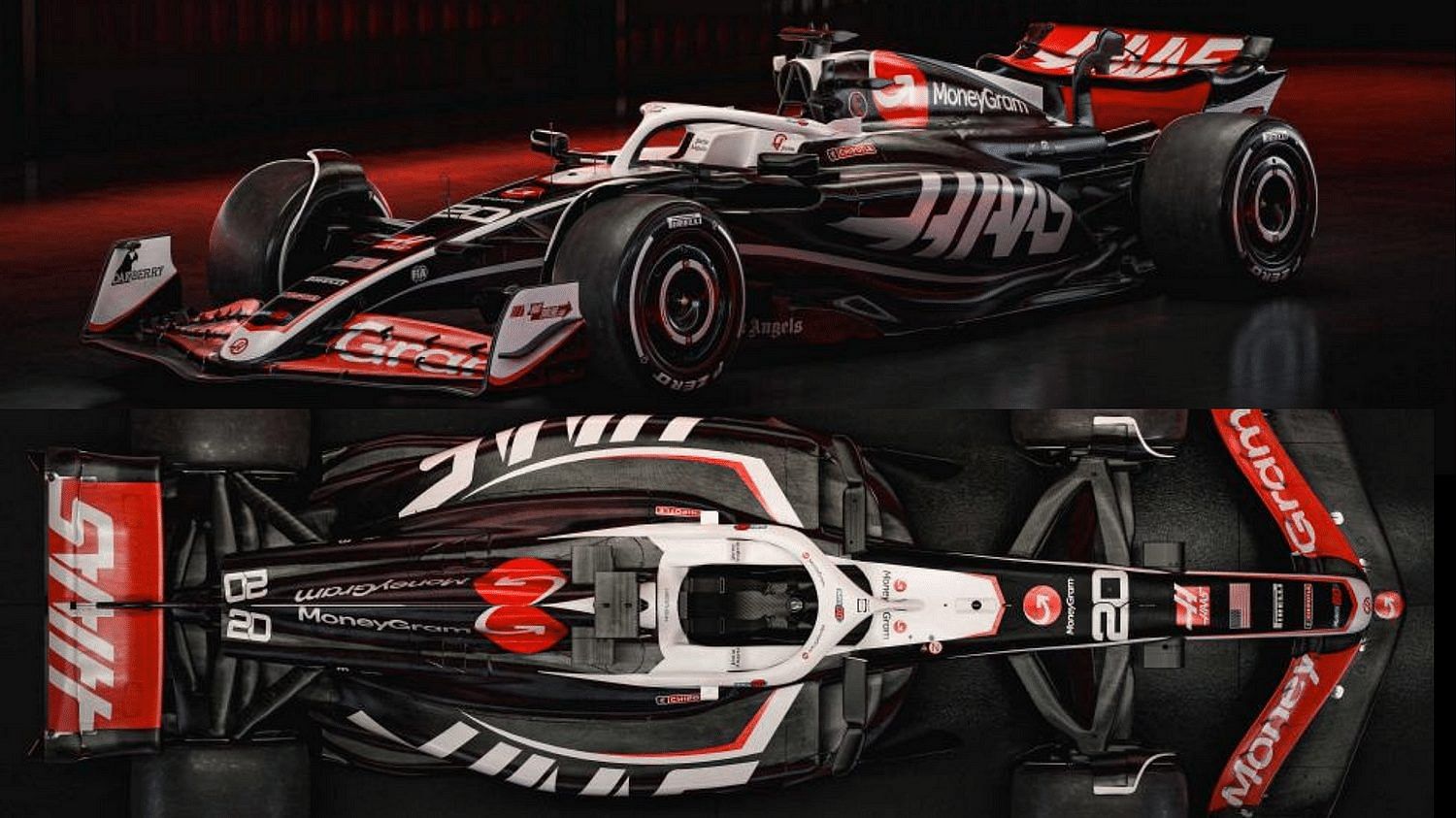
Following the exit of the meme king and team principal Gunther Steiner, Hass’ VF-24 has a lot riding on it in terms of delivering some meaningful race results. The front wing is pretty much the same as last year's as it was designed during the final stint of the 2023 F1 season.
The chassis has undergone major changes to aid in Redbull style undercut. A revised sidepod bulge and raised radiator inlet can be seen which enables for a more pronounced airflow separation between two streams of air i.e. radiator inlets and along the floor edges, as seen in the photo above. The large rear vents have gone and more streamlined and smaller vents have taken their place. Haas borrows many components from the Ferrari such as suspension, engine, etc, and other aero changes are likely to be the same on both cars.
Williams Racing: FW46
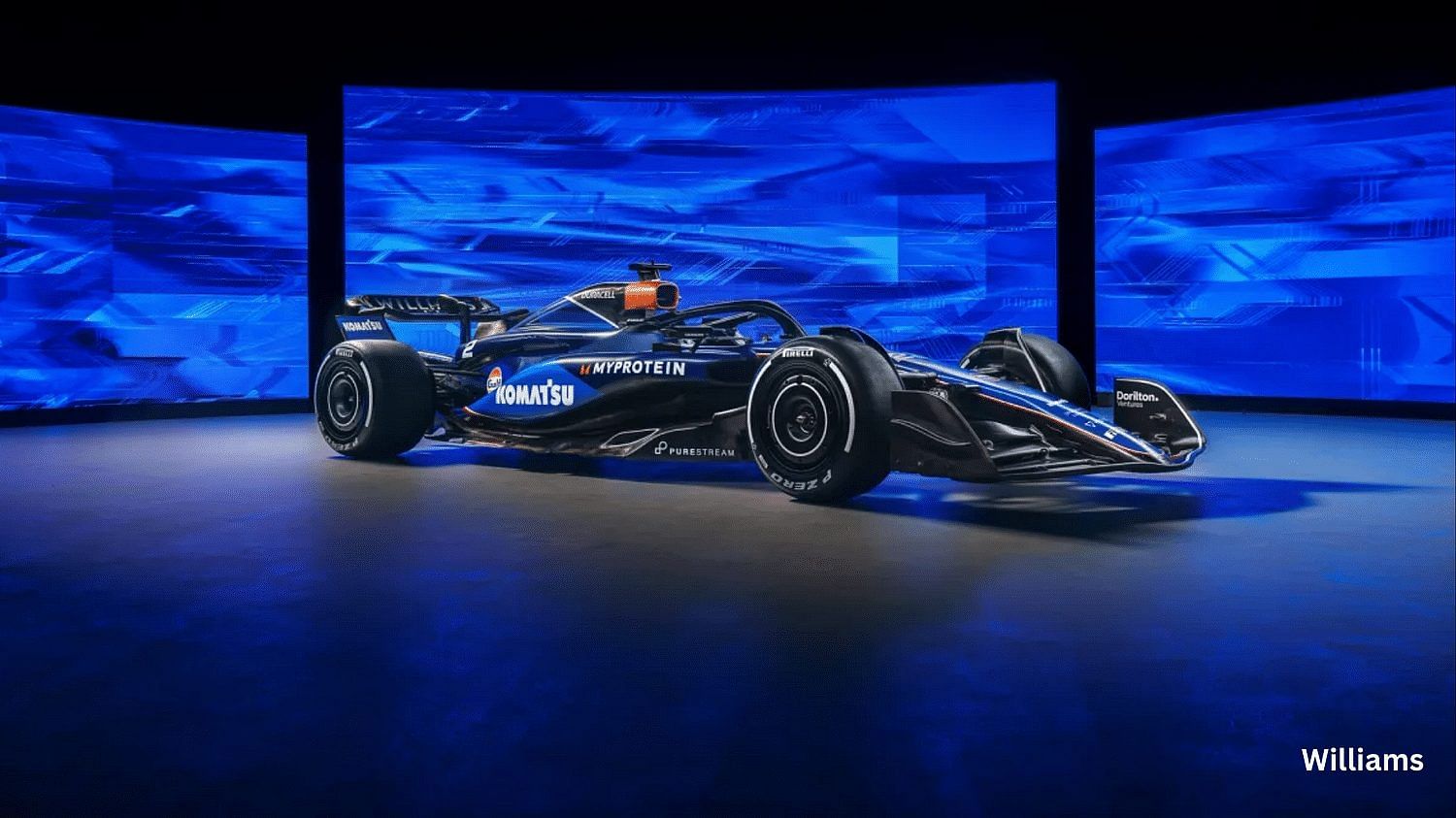
Not much is known about the actual car since it is still in development, however from the pictures we can deduce a push rod style front suspension and slight changes to the side pod area. Since Mercedes shares its engine and gearbox with the Williams F1 team, actual changes are still under wraps, particularly regarding the rear end.
As per Team Principal James Vowles, “If one or two details look familiar because they resemble a Red Bull, it is not because they have been clumsily copied. "If we have come up with a solution here and there that is reminiscent of other cars, it is because our research has shown it to be the best. In the past, we simply copied things and then tried to understand how they work."
For the last couple of years, William’s has always been pretty rapid in a straight line but suffered from unpredictability under braking. Hopefully, they will be able to maintain their straight-line pace this time around but with much better braking dynamics.
RB F1 Team: VCARB 01
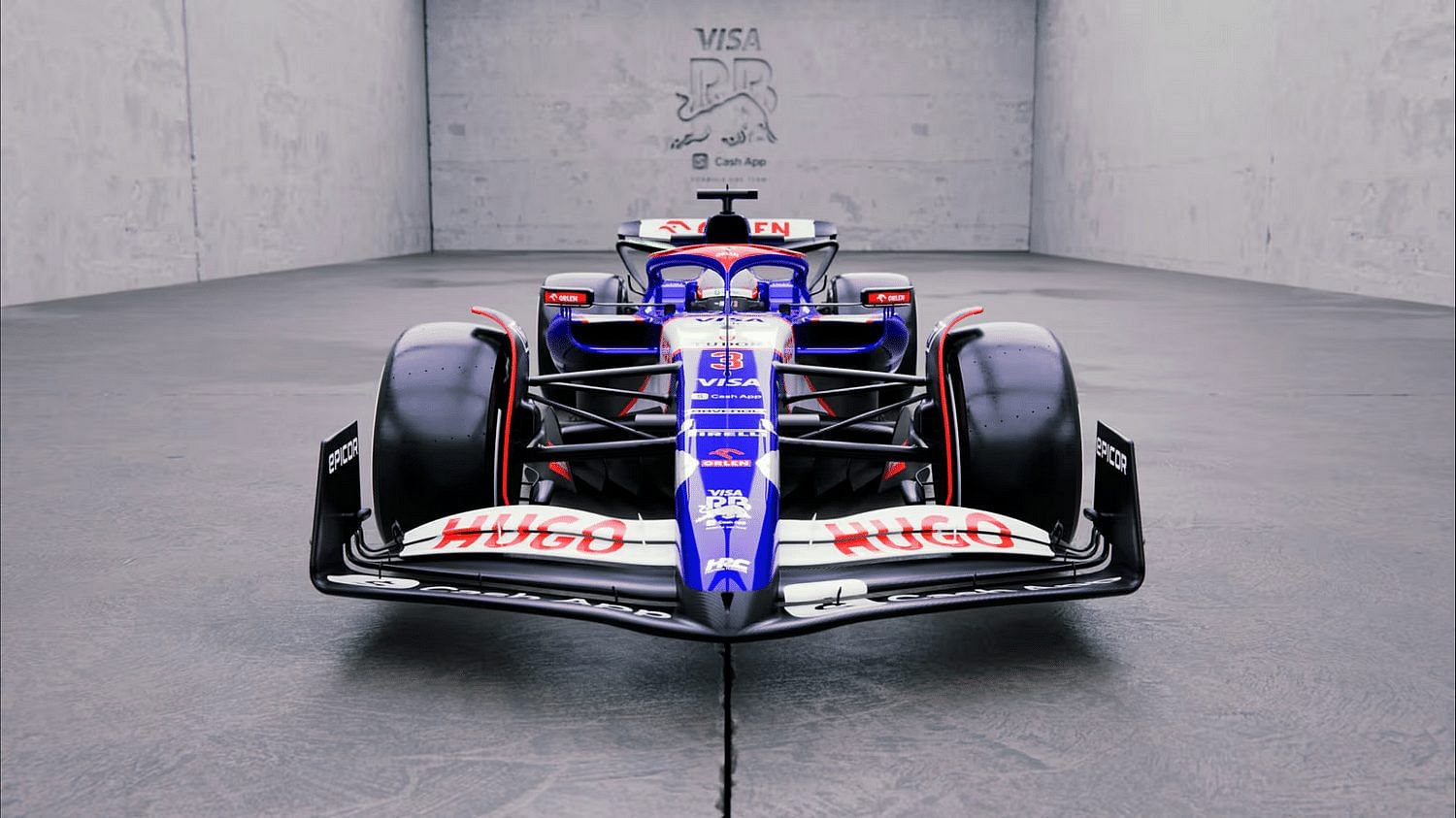
The rebranded Alphatauri F1 team is now being called “Visa Cash App RB”, thanks to a complete rebrand. F1 fans around the world have damned Redbull for the move and have cited that the “RB” team only exists for marketing purposes and sponsor endorsement. The major changes this time around for the 2024 VCARB RB01 we can speculate from the photos include a switch from front push rod to pull rod setup, longer engine air intake likely to prevent intake air spillage at high speeds, and a pointy engine nose.
Stake F1 Team Kick Sauber C44
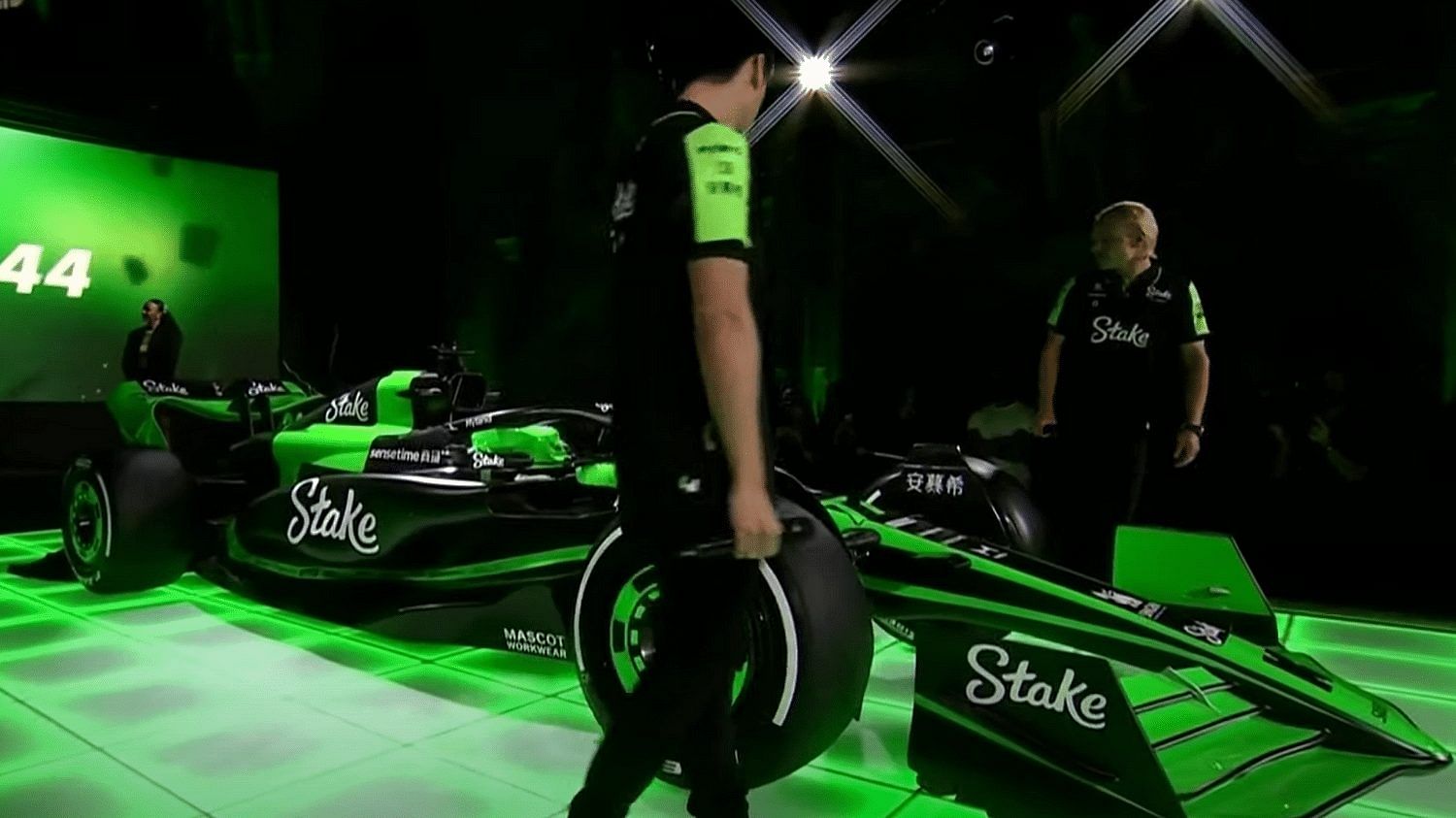
The soon-to-be Audi Works Team, Alfa Romeo has rebranded themselves as “Stake F1 Team Kick Sauber” for the 2024 F1 season. Their new car 2024 F1 car was revealed in a striking green and black livery under the watchful eye of their new technical director. The primary goal of James Key was to make packaging as tight as possible. T
The most evident from the looks of it is the switch from push rod to pull rod at the front which makes much more space for air to flow to the floor entry. Similarly, the push rod at the rear is the ideal setup as much more space is available for the air to flow into the diffuser. The airbox is much slimmer although whether it's efficiently able to cool th engine at high speed remains to be seen. The compact side-pods allow for a much larger undercut area akin to last year's champion Redbull’s F1 car. The floor details are still a secret and the wing might be revised in an actual race car.
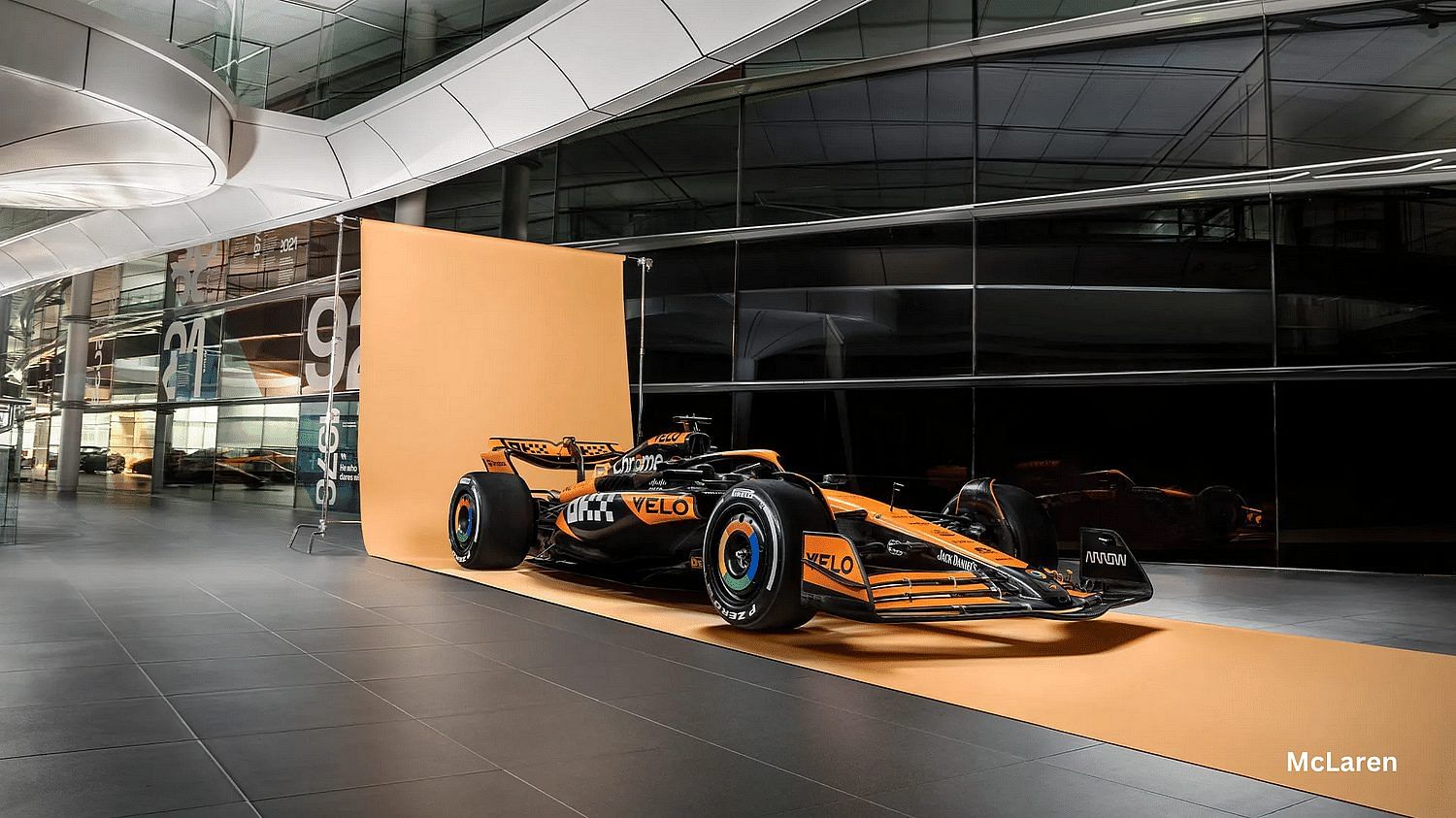
The potent combination of Piastri and Norris was on full display in the latter stages of the 2023 F1 season. They both became #1 contenders for Redbull after McLaren finally began to understand their cars by leveraging the newly built wind tunnel. For 2024 changes to the McLaren Formula 1 car are minimal but note-worthy. As per the team principal Andrea Stella
“When it comes to the wind tunnel development and the CFD development, we see that the gradient we established last year, that led to the Austria development and then the Singapore development, it seems like we can maintain it. So that’s also where I would expect the launch car to be at the start of the season.”
In the images above, the front nose is a little bit wider with anti-dive suspension geometry tagging along. Their side pod inlets are square-ish in shape with a new aerodynamic element on top to control the airflow. The side impact neam is now exposed and enhances the airflow at the top of the side pods to feed the rear end in a much more efficient way.
To reduce cockpit loss two large channels are visible running parallel to and underneath the airbox. McLaren has decided to stick to th tried and tested pull-rod front and push-rod rear suspension setup for their 2024 F1 car.
Aston Martin Aramco Racing F1 Team: AMR 24
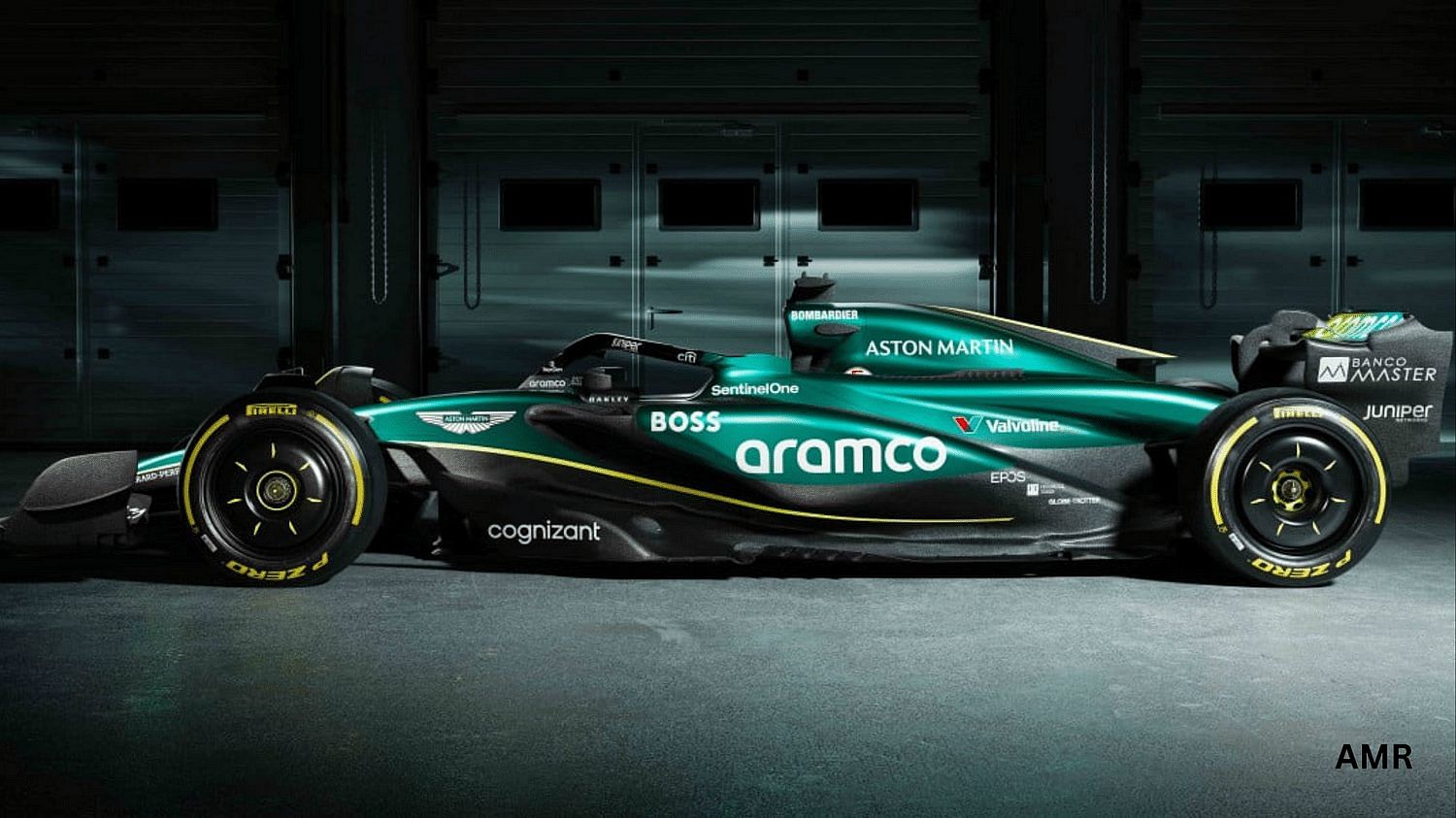
After switching to much more streamlined manufacturing by using Mercedes’ wind tunnel and a factory closer to Silverstone, the Aston Martin Formula 1 team hopes to once again take the fight against Redbull just like at the beginning of last year’s season. Dan Fallows even said: “There’s also quite a lot of stuff under the hood which hopefully you won’t see.”
During its official testing, we can easily see that the AM has opted for a push rod front and pull rod rear suspension setup unlike the majority of the field who have gone vice versa.
The front wing of AMR 24 is connected to the bottom plate and has a new endplate design with some bits to aid in outwash guidance and keep the front wheel wake away from crucial aero elements. The lower lip of the inlet is stretched forward and the undercut area has been increased significantly. The Waterslides are still present albeit slimmer and more deepened and will aim to optimize down washing and wake management even further. AMR 24 has gone for push rod-style suspension at the fore and aft which might seem counter-intuitive but the front wing has plenty of space underneath to feed the floor entry.
Mercedes-AMG Petronas F1 Team: W15 E PERFORMANCE
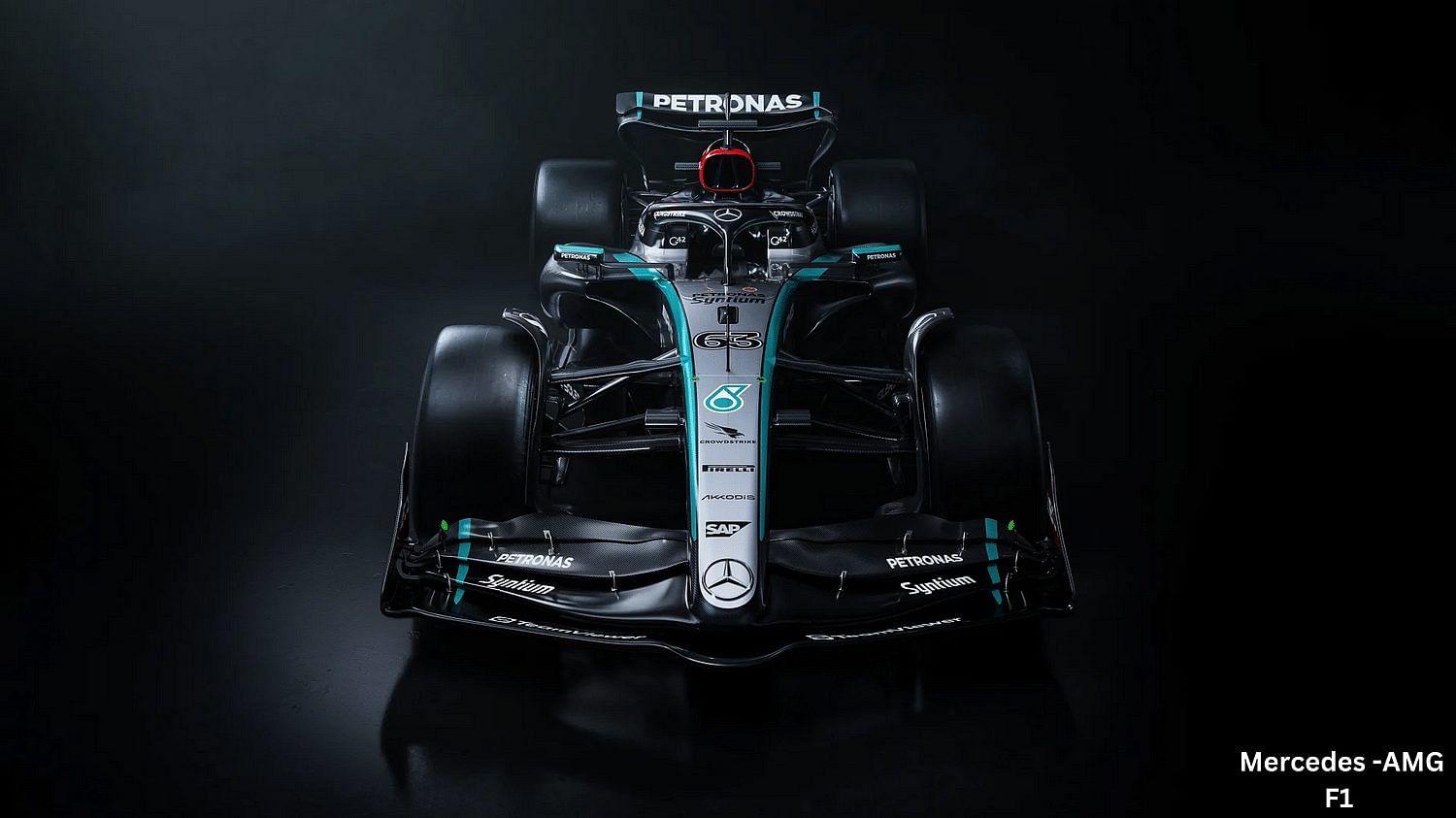
Before Lewis Hamilton joins Ferrari for the 2025 season, Mercedes-AMG F1 Formula 1's latest race car is his last shot at the F1 title with the Silver Arrows. The W14 although a vast improvement over its porpoising predecessor lacked the fundamentals or the floor to be more precise to be a legit championship contender. Technical Director James Allison said
“A big focus has been on improving the previous car’s unpredictable rear axle. We have worked hard to ensure that both axles, but particularly the rear axle, retain better control of the tire than on the W14. There’s also been some housekeeping on areas in which we had room for improvement, including the DRS effect, and pit stop performance.
The biggest change that is visible in the photos of the W15 F1 car is the wobbly front wing with only half of the fourth wing element present. Mercedes aims to guide the outwash this way by producing a vortex. This also allows for slimmer side pods which are much longer in the Mercedes 2024 F1 car. The air inlets now look like a reverse “P” and a much tighter than before. Drivers will now sit further back thanks to the trimmed gearbox and new monocoque resulting in a much more connected driving feeling, something that Lewis Hamilton has been craving for the past couple of years.
Scuderia Ferrari F1 Team: SF-24

Ferrari’s latest title contenders are 95 % new as per the team principal Frederick Vassuer but one can't deny the similarity it has with last year's Redbull F1 car. As seen in the official images, the Front wing now connects with the second-to-last element and has been designed to guide the outwash more efficiently. The side pod inlets are now higher with extended lips that also free up space down below for larger down-washing channels and come with a much more streamlined style of inner slides to feed the diffuser.
Ferrari has stuck with a pushrod front and pull rod rear suspension setup to maintain strong anti-dive and anti-squat characteristics. The gearbox is shortened by a few centimeters and the engine cover is now much more flat preceded by a funky triangular-shaped air inlet that allows for a larger volume of air to be directed at the rear wing.
SF technical director said, “We have taken on board what the drivers have told us and turned those ideas into engineering reality with the aim of giving them a car which is easier to drive and therefore easier to get the most out of and push to its limits.”
Oracle Redbull Racing F1 Team: RB20
No one has fared better in the Sidepod F1 era than the Redbull, having won 2 championships in a row in 2022 and 2023. Thanks to the F1 aero guru Adrian Newey who also designed the Valkyrie hypercar and has some experience with ground effects cars from his work on the past F1 cars. Based on the official but rendered images of the RB20, we can safely deduce that Redbull has copied one or two things from its arch-rivals like Ferrari and Mercedes.
There seems to be a vertical slat located below the side pod inlet and two parallel sausage-shaped channels running behind the halo to minimize cockpit loss. The sidepods descend much more steeply than before but one cannot be too sure about the rear wing changes and those made area underneath it until the official images are released after Bahrain testing.
Write a comment
Comments
No Comments Yet








